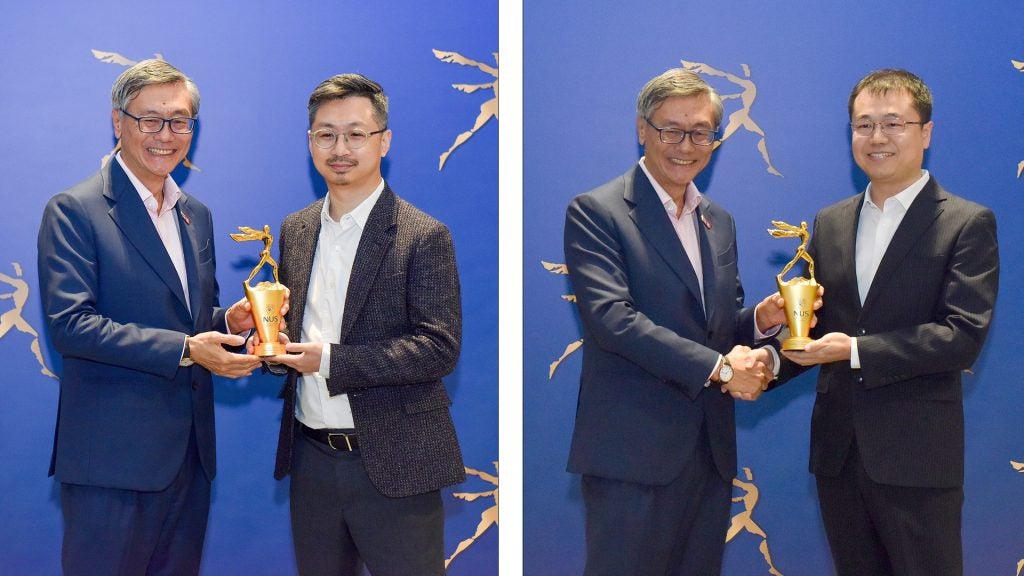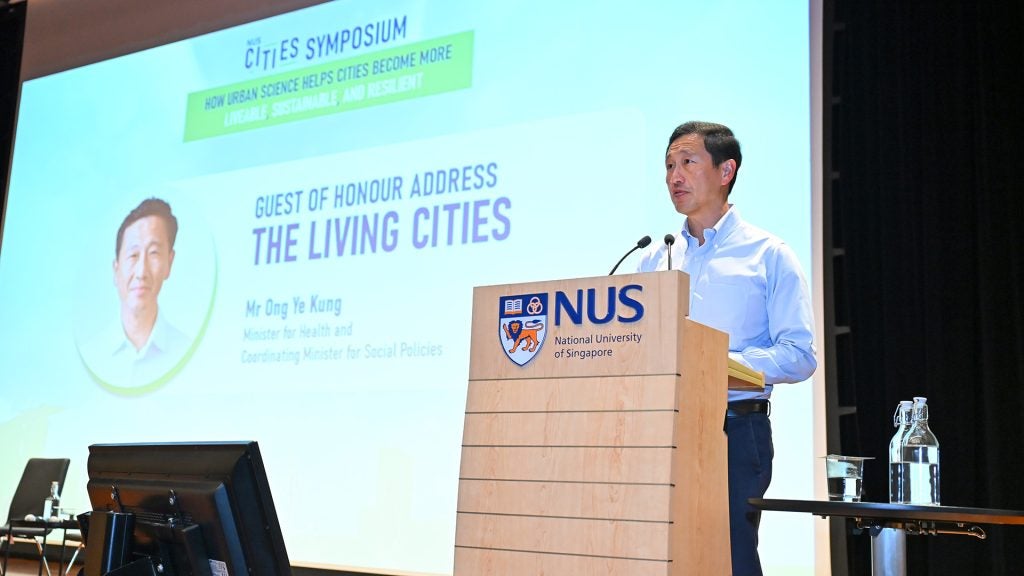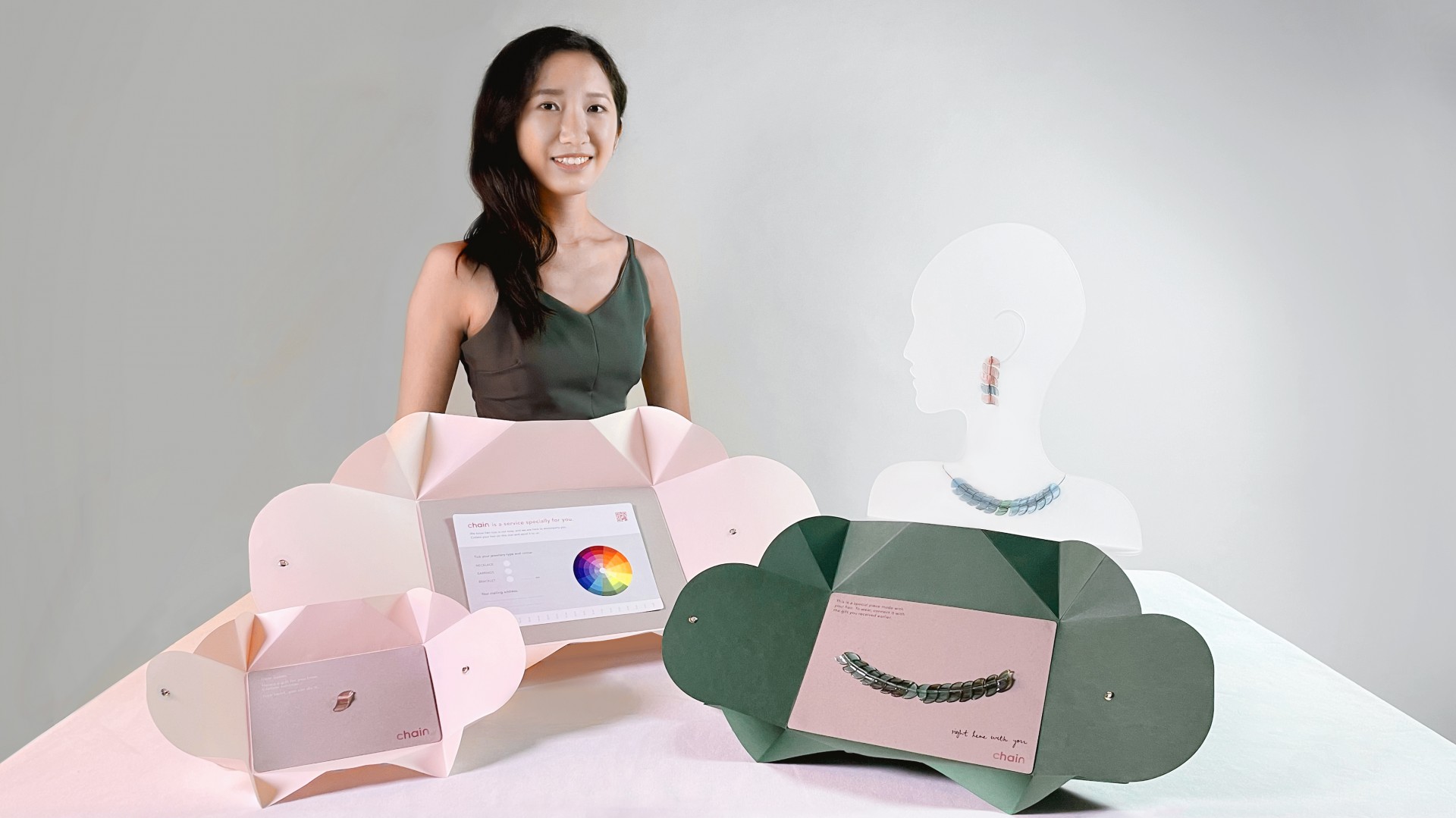
For cancer patients undergoing chemotherapy, hair loss is not a choice. It is a visualisation of their illness and the battle that they face. Jeraldine Low, from the NUS School of Design and Environment's Class of 2021, wondered if there was a way to journey with cancer patients on their experience.
"I was curious about how our hair influences or defines our identity. Exploring further, I read more about hair loss, which brings with it many layers of loss. In the process, I had the opportunity to connect with cancer survivors, and their stories struck me deeply," said Jeraldine.
Chain is Jeraldine's exploratory effort to empower female chemotherapy patients. Her project idea is to offer patients the opportunity to transform their hair into gems of support for fellow survivors.
She explored a myriad of methods to manipulate hair into jewellery, including heating, soldering, fusing with glass, bleaching and casting with resin. The jewellery, envisioned by Jeraldine, is worn as a symbol of strength. Connected with a piece from a survivor, Chain is intended to be passed on to empower other patients when one achieves remission.
The design is one of the 43 inspirational works by this year's graduates from the Division of Industrial Design (DID) which are on showcase on the DID Gradshow 2021 website. Projects range from designs which are aimed at serving the community like Jeraldine's project, to works that may suit the commercial market. Some of the works are also experimental, exploring ideas and pushing limits, while others feature the discursive, challenging our conventional understanding.
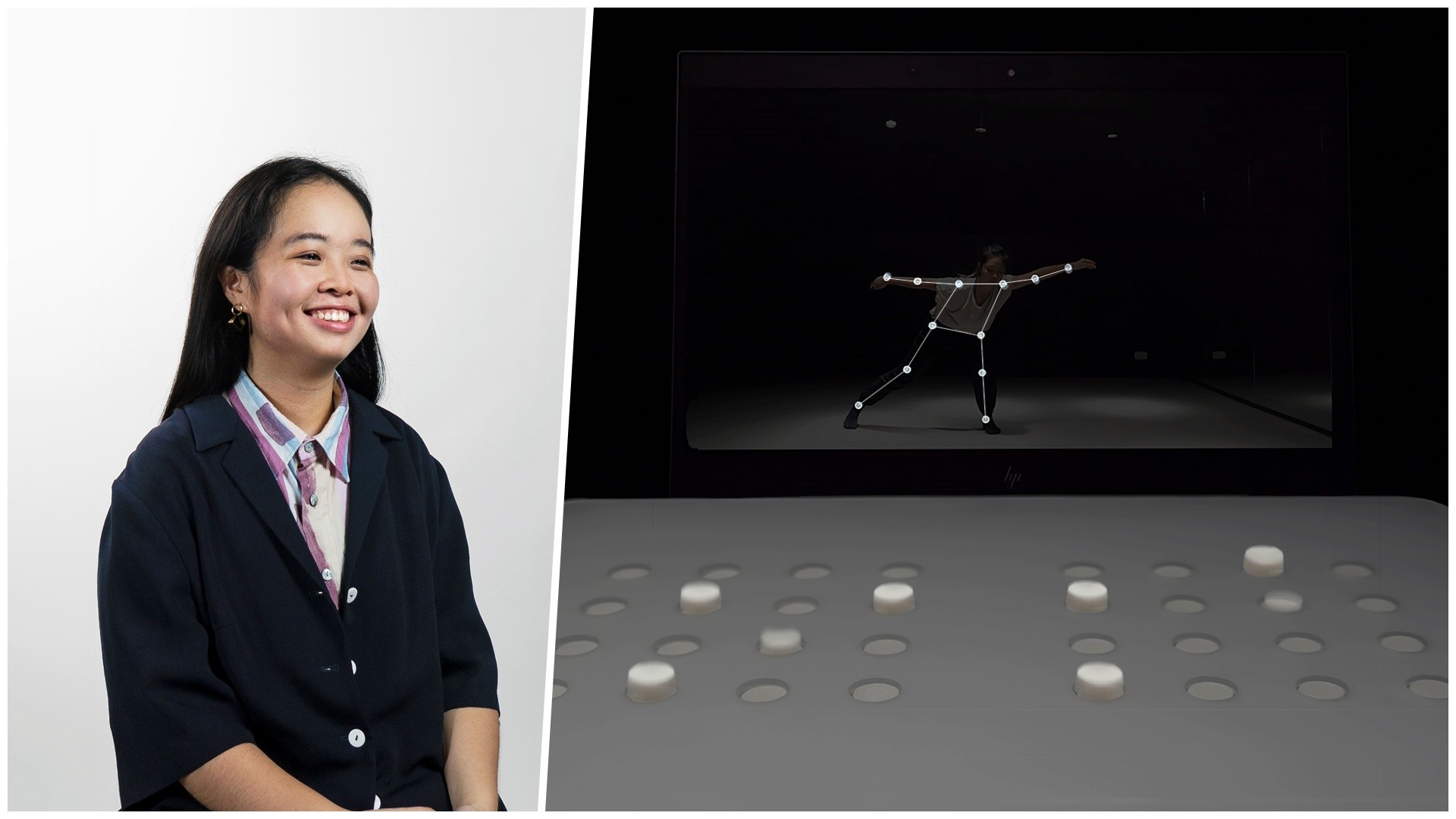
Dance can tell stories without words - just ask avid dancer Lim Shi Yun. She wants the visually impaired to be able to experience these stories as well.
"To the visually impaired, connecting with someone's dance is hard without sight. I wanted to explore the way we experience dance such that the visually impaired too, can communicate and exchange stories with people through dance."
Working with a few visually impaired people, Shi Yun designed Kinetic Soul, a platform for the visually impaired to experience dance via kinetic feedback. Her research led her to the Laban Movement Analysis, a method for structuring and interpreting human movement, which inspired her to develop two "languages" for the platform after explorations and observations of dance movement. One was to render a dance in real time, while the other can be used like subtitles for one to rewatch and understand the details of a dance, including being able to replay or even slow down a segment of a dance performance.
A visually impaired person is now able to "see" the dance, tracked by a computer vision-based system, which is translated through these "languages" and conveyed through 32 kinetic pins felt by the palms.
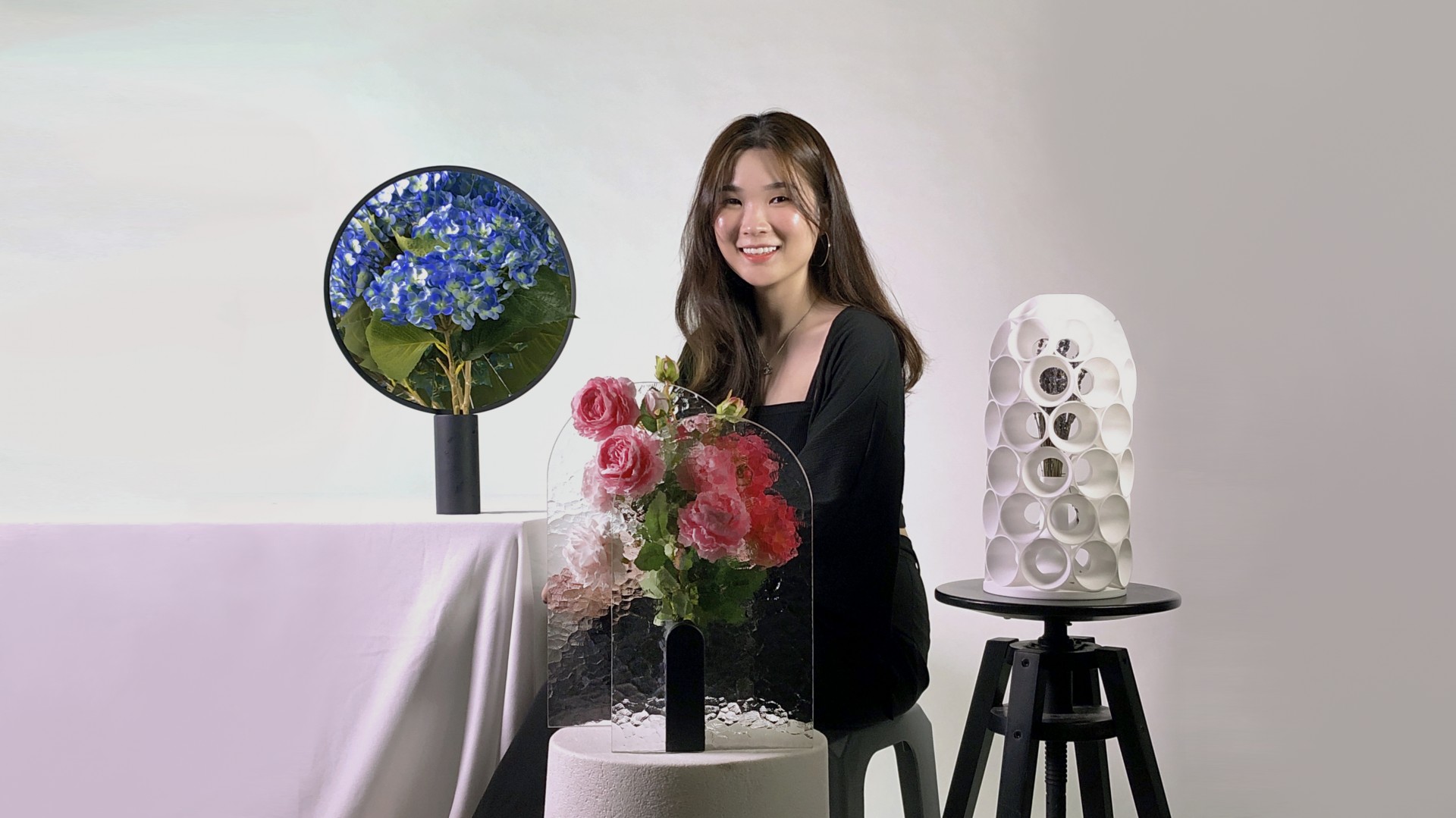
For industrial design graduate Tan Wei Jing, it was her intrigue with flowers which inspired her final-year project.
"Flowers are the most beautiful gift that surrounds us in every aspect of life. They are the source of delight, happiness, love, or even sorrow."
In Praise of Flowers is Wei Jing's dedication to nine flowers - Hydrangea, Orchid, Daffodil, Baby's Breath, Lavender, Rose, Lily, Peony and Tulip. Each chapter in In Praise of Flowers opens with a short background story of the flower, beautiful images of these flowers, along with their respective vessels, and a poem for you to remember.
Wei Jing's project has been selected for incubation at the NUS Design Incubation Centre. In the coming year, she will be refining her designs and hopes to showcase them in an exhibition.
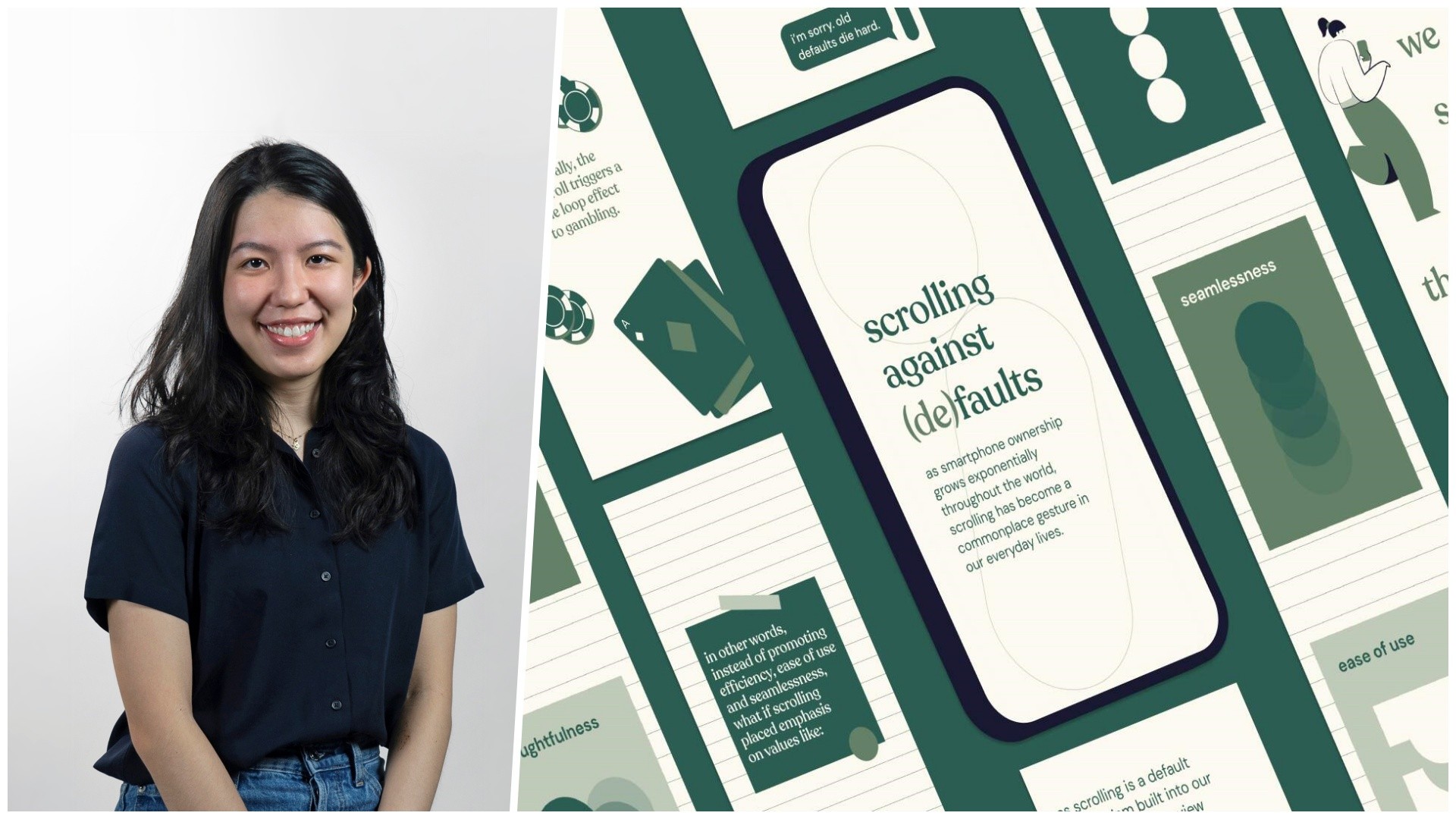
Scrolling through digital screens should be an intuitive experience for most of us. For Carina Lim, she was curious with how users scroll and consume information.
"After discovering that most of our digital experiences are shaped by usability principles, I began experimenting with ways I could challenge them purposefully. I was motivated to uncover what were the lost opportunities in following these usability principles, and wanted to make a case for why designers should perhaps rethink the conventions we take for granted. Should everything that we design always be seamless and convenient?"
So Carina decided to create new scrolling patterns that are unusual from how we would conventionally use them, and yet at the same time enhance communication and meaning-making. With Scrolling Against (De)faults, Carina challenges how scrolling can be utilised by designing new UX patterns that make scrolling noticeable and tangible, probing designers on what exactly should be the criteria for something "usable". She hopes to question the opportunity cost of following defaults as conventional wisdom, as well as create opportunities for more thoughtful UX design.
Her experimental work is available online at www.scrollingagainstdefaults.glitch.me (currently optimised for mobile and only available on Chrome).
Check out these and other innovative works by our aspiring industrial designers and be inspired! View the DID Grad Show 2021.




